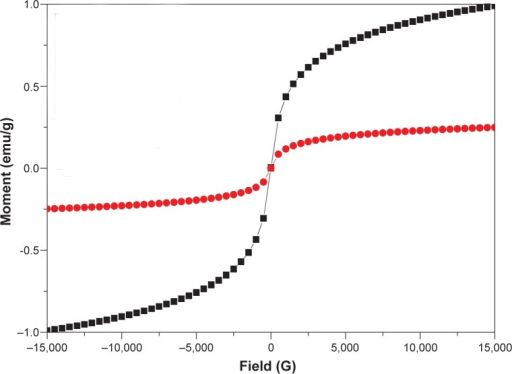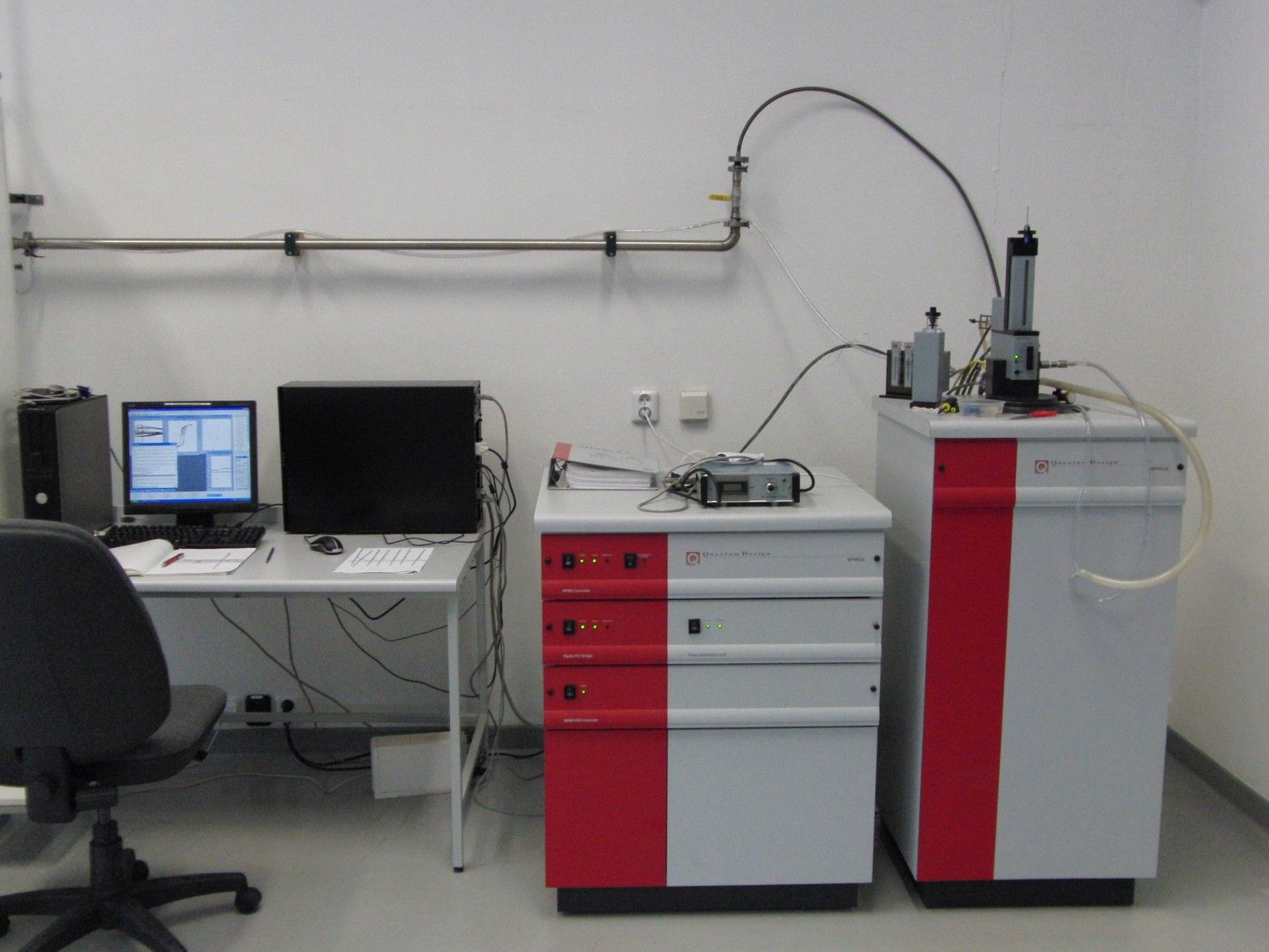VSM Principle
Vibrating Sample Magnetometer (VSM) testing uses the principle of electromagnetic induction to measure the magnetic moment of a sample vibrating with a fixed frequency and amplitude at the center of a set of detector coils. For sufficiently small samples, the induced voltage generated by their vibration in the detector coils is proportional to the sample's magnetic moment, amplitude, and vibration frequency. By maintaining constant amplitude and vibration frequency, the voltage is measured using a lock-in amplifier to calculate the sample's magnetic moment.
Instrument Model and Parameters
- Instrument Model: MPMS-VSM XL-7
- Technical Parameters:
- Temperature range: 1.9–800 K (continuous control)
- Heating rate: 5–30 K/min
- Inner diameter of sample chamber: 9 mm
- Magnetic field strength: ±7 Tesla
- Magnetic field uniformity: 0.01% within 4 cm
- Excitation speed: Maximum 700 Oe/s
- Sample vibration range: 0.1–8 mm (peak value)
- Maximum measurable magnetic moment: 10 emu
Sample Submission Requirements and Notes
- Powder samples: 15–60 mg
- Bulk samples: Approximately 3 mm × 3 mm × 1 mm
Testing Examples

Reference Standards
- ISO 20428:2018 "Magnetic materials - Measurement of magnetic properties of permanent magnets"
- IEC 60404-7:2016 "Magnetic materials - Part 7: Methods of measurement of magnetic properties of soft magnetic materials"
- ASTM A342/A342M-21 "Standard Test Methods for Magnetic Permeability of Steel"
- GB/T 13012-2020 "Test methods for magnetic properties of electrical steel sheets (strips)"

